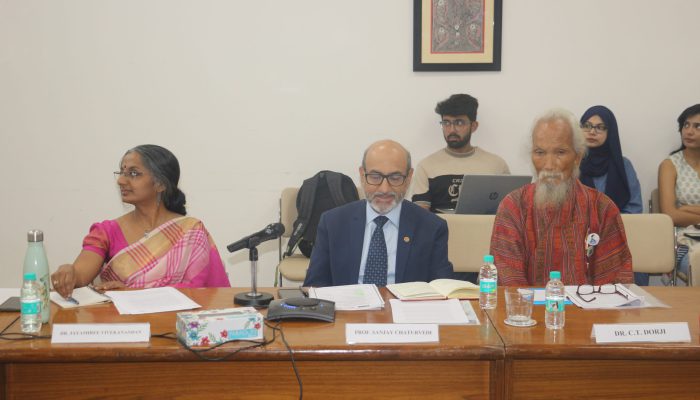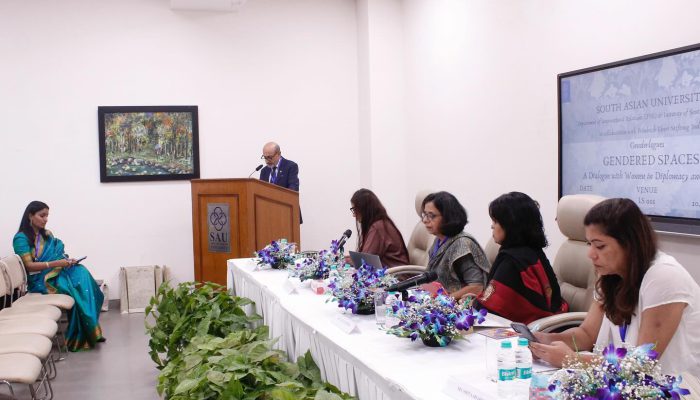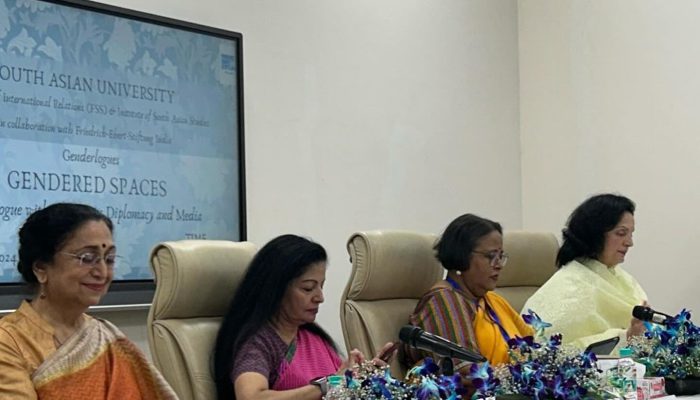
SAARC countries share a land mass that has the Himalayan Mountain ranges on the North and Bay of Bengal, Indian Ocean and Arabian Sea towards the South. This land mass has a common weather system dominated by the South-Western Monsoon, common river system with shared rivers that flow from one country to the other, a long common coast line and indeed a shared cultural heritage. As a result, SAARC countries also have many shared problems can be solved admirably well, through the available human capital stock of the region. There are, for example, issues of water resources with a plenty in monsoon season and deficiency in other months. The intra-SAARC ecosystems are such that disasters like floods, landslides, earth quakes and epidemics in one part of the region can, and do, immensely affect other regions. SAARC countries may also complement each other in supply and demand of crucial resources. Hydro-electric / geo-thermal and oil/gas potential of some countries may meet the energy needs of the rest. Similarly, there are issues of migration of manpower, public policies, terrorism and general governance itself that are shared concerns in the region. Therefore South Asian University has set up the Institute of South Asian Studies (ISAS) to mull over such shared issues from a regional perspective and attempt to evolve shared approaches for solving such problems and also to focus on sharing of experiences of different South Asian countries in public policy and governance issues.









